The Ultimate Game Dev's Guide to Working with Content Creators
Tips and advice from leaders at Roblox, Riot, Xbox, Innersloth, Dreamhaven, and more
One of the biggest marketing challenges facing game developers is how to work with content creators. How do you find creators that’ll resonate with your game? How do you approach them? And is it all luck?
To help answer these questions, the A16Z GAMES team conducted interviews with creator leads from across the games industry and distilled their advice down into five unmissable tips.
Find that below. First, your regular games industry news roundup.
News From the Future
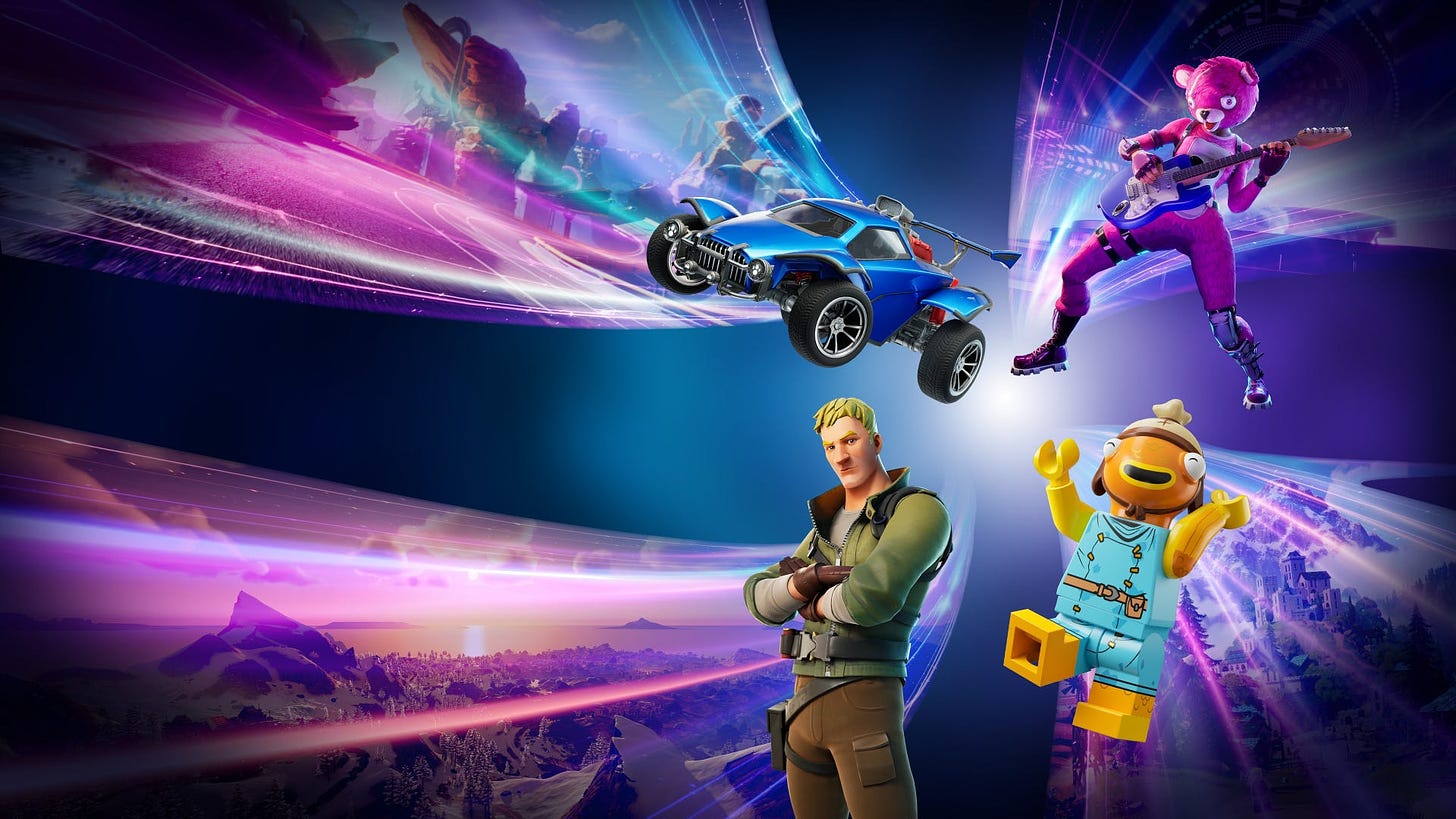
⛏️ We're in the Era of the Perennial Game: Plan Accordingly (GamesIndustry.biz)
A new report from Newzoo raised eyebrows with statistics showing that the vast majority of hours played are spent on “perennial” games—titles up to and over a decade old. Rob Fahey argues that games are moving toward a future “more like movies, with decades of back catalogue still accessible and enjoyable to audiences.”
💰 Embracer Sells Gearbox, Sega Sells Relic (Rock Paper Shotgun)
The big news last week was Embracer concluding its “restructuring” with the sale of most (but not all) Gearbox assets to Take-Two. That same day, Sega Europe revealed that it would be selling off Company of Heroes 3 developer Relic Entertainment—which will go independent. Both companies announced layoffs.
👻 Greg Street is Showing Off His New MMO VERY Early (Games Radar)
Former WoW and Riot MMO lead Greg Street hasn’t yet decided on his upcoming game’s art style, or even many core game mechanics. In fact, he says, some people might say it “looks like ass.” But that’s not stopping him from inviting players to check it out now. We love a bold community strategy—keep it coming, Ghostcrawler.
😊 Free-to-Keep “Joke” Game Content Warning Blows Up on Steam (IGN)
For the past few years, developer and publisher Landfall Games (Totally Accurate Battle Simulator, Clustertruck) have released free games on April Fool’s day. Their latest “joke” game is Content Warning, a colorful take on Lethal Company that earned over 4.5 million players in its first 24 hours.
📣 Reminder: SPEEDRUN 003 Applications Have Opened
If you're looking to secure $750K in funding for your startup and join a vibrant community of founders at the intersection of Tech x Games, then this is the email you’ve been waiting for – apply now to A16Z GAMES SPEEDRUN!
MORE INFORMATION: sr.a16z.com
The deadline to apply is May 19th, 2024.
SR003 will run from July 29th to October 20th in sunny Los Angeles, culminating in a Demo Day during SF Tech Week.
With more games than ever before hitting the market, game developers both big and small face an uphill battle when it comes to getting games discovered.
One possible solution: working with content creators.
But many developers we’ve spoken to feel unsure about how to pull creators into their marketing campaigns. How should devs approach content creators? What works? What doesn’t? And are there learnable, applicable secrets to success, or is it all luck-of-the-draw?
To answer these questions and gather advice on working with creators, the A16Z GAMES team conducted interviews with leading influencer and creator strategists at Dreamhaven, Innersloth, Riot Games, Roblox, and Xbox. We also spoke with a well-known FPS streamer and some veteran creator reps.
Over the course of these interviews, a number of common themes emerged, which we’ve summarized in the following five tips:
1) What worked in the past won’t necessarily work now
In February 2019, Apex Legends was simultaneously revealed and launched globally, all in a single day. In a twist that captured the attention of just about everyone in the games industry, almost every top FPS streamer jumped on board from day one—developers Respawn Entertainment had flown many of them out to an exclusive preview event at the studio’s headquarters to get them primed for launch.
The launch was a bombshell success: under a month later Respawn celebrated 50 million players.
If you worked in video game marketing at the time, it’s hard to overstate how enormous this moment felt. In an era when many developers were still revealing games at E3, the Apex launch felt like an invasion from the future. Would all games marketing one day be creator-driven like this?
In the five years since, content creators have indeed become an enormous and well-embedded part of the video game marketing mix, but the Apex method of simply “getting every big genre streamer to play on launch” no longer carries the same punch it once did.
Arturo Castro, now the head of global marketing at Dreamhaven, was at Respawn and led the Apex Legends launch campaign back in 2019. He says he isn’t sure that approach would work today.
“I feel Apex was a moment in time,” Castro says. “Free-to-play shooters, the rise of the influencer ecosystem in general with Fortnite, and the fact that we made creators feel like they were part of something super unique and special... all that was novel at the time.”
But today, Castro says, the ecosystem has evolved. Costs are higher, both for developers and content creators. “Creators know their worth,” he says, “and the switching costs of moving from one game to the next is super high.”
If an Apex-style “creator takeover” launch has lost its punch, then, what does work?
Riot Games offers some answers.
2) Engage with creators far before launch
Riot Games is well known for its deep, long-lasting “R&D” process for developing new games, and one tool that they use are playtests or “labs” with a variety of player types, including content creators.
Riot’s Molly Joseph—influencer lead for VALORANT and 2XKO—says that for the latter game, an upcoming fighter set in the League of Legends universe, the team utilized playtesting with content creators over a period of years. “I'm personally a big fan of playtesting with creators,” Joseph says. “It creates an opportunity to see ‘does this resonate with the audience that we think it does?’ And you do that through the creators who are the voice of that group of players.”
A quick Q&A on Riot’s approach with 2XKO follows:
A16Z GAMES: How do you think about which creators to go after and what you're hoping to get from them?
MOLLY JOSEPH: We knew 2XKO is a little bit deeper and more complex fighting game. Just inherently, it’s 2v2 and you’re playing as two characters, even if it's a single person controlling it. So we went really wide with our initial group of playtesters that we brought to Los Angeles before our Evo reveal.
We included players across every style of fighting game. Most FGC fans don't only play one game, so we wanted to see if 2XKO had that kind of broad appeal and our creator activations were structured around that. We saw some gravitate to it more than others but our whole goal was to “hit” broadly with different types of fighting game players.
And we did see pretty solid mass appeal with it, which was really great. Some players lean more competitive with it—staying until 11pm just grinding matches and labbing—and others focused more on just having fun. This is the type of thing that your early playtests can help you get a better sense of.
A16Z: When you’re doing these playtests with creators, are they paid or unpaid?
MJ: Generally speaking (even past playtests) it’s not always about monetary compensation, but we do always want to make sure the value is there to make the experience feel worth it for the creator. There’s lots of different ways to do that—you can give creators early access, allow exclusive pieces of content, or create an experience that is incredibly unique and one of a kind. But if there are cases where an activation requires a direct deliverable like a sponsored piece of content or a social post, we really want to make sure they’re compensated for their work directly.
All that said, if we’re playtesting for feedback, we do tend to keep those paid because they’re a part of the development process. You’re having creators sit for eight hours and beat up an unfinished game which they might never be able to talk about, which is pretty common in R&D.
That's different from some of the 2XKO playtests that we’ve done. In the first of those that we did, the pitch was: You’re going to be the first group that’s ever played, and we have a couple of different embargoes for you to adhere to, but we're going to allow you to share your experiences.
One common mistake we see made is that devs will ask for feedback, say the feedback is good, and then not implement it. If you can't incorporate it, tell creators why. “We don't want to" is still a fine answer!
—Yoni Ginsberg, VP Talent Strategy at Loaded
A16Z: Beyond compensation, how do you keep creators engaged in a more long-term relationship?
MJ: This is where you kind of stretch from your marketing role into more of a community role. It's about having a two-way street open between the devs and these people who play your game all day every day. Of all of your players, they’re the ones who play the game the most, and they have a really specific understanding of where the pain points are.
Obviously some of those pain points—like stream sniping—are specific to streaming or being a creator. But otherwise they’re experiencing very similar issues to other players. Fostering a two-way conversation is super critical, and it shouldn’t just be a listening session. It's about listening and taking action. And then following up with them and having them see the change that they have caused and how they're valued within the team.
3) You must be a match for the creator and their audience
Every creator lead that A16Z GAMES interviewed stressed the importance of understanding each content creator’s connection with their audience.
Victoria Tran, communications director at Among Us makers Innersloth, puts it this way: “I find many developers make the mistake of approaching this from a self-centered point of view,” she says. “Your game might be fun, but is it a match for the type of game the creator plays? Does it encourage something that they might care about, like genre fit, audience interactivity or exclusives?”
Tran says that when it comes to thinking about the goals that content creators have and the value that they’re looking to get out of an activation with any given game, these tend to fall into three main buckets:
Entertainment, whether because of their personal interest in the game or because it’s a great brand fit
Reactions, usually defined as shareable moments that happen as a result of playing and streaming/recording the game
Experiences, like opportunities to interact with their audience due to the game’s mechanics.
“However,” Tran says, “Don't let these buckets fool you, because every content creator is different, and you have to tailor your approach as such. Ask yourself: Who is the creator? What do their audience expect and want from the content creator's videos? (E.g. Are they speedrunners? Achievement hunters? Highly skilled? Funny? Chaotic?).”
Ultimately, Tran says, you’ve got to customize your approach for each creator’s goals.
Ali Miller, the director of influencer strategy at Roblox, agrees, stressing the importance of understanding creators both as individuals and as a cohort. “Having a general awareness that creators are themselves a business,” she says, is a required starting point if developers want to have a meaningful engagement with creators.
If you can’t do that, Miller says, “it will be obvious to the creator if a representative lacks that fundamental understanding, which will likely lead to a lack of interest in investing in that relationship.”
Alex Beck, founder of Beck Interactive Partners and former Director at Loaded, has repped dozens of top creators including Shroud, Lirik, Tarik, and Summit1g. He says that the biggest thing streamers like these optimize for is viewership, so they have to be careful about which games they choose to work with.
Creators are mindful of their content selection, Beck says, "because diverging too much from their established content mix can lead to fluctuations in viewership. On platforms like YouTube, where algorithms play a significant role, even modest changes in viewer numbers can be notable.”
Working closely with creators who have a genuine passion for the genre of your game is key, says Beck. "The more specific you are in aligning with creators who are genuinely interested in your game, the more impactful the results can be."
4) Build for the longterm
Back when Apex Legends launched, Laurice Habibi (better known by her handle, “GuhRL”) was a small-time streamer, “with like three average viewers,” she says. “Nobody knew me.”
GuhRL quickly fell in love with Apex, and began streaming the game the same day it launched. “I had one big YouTuber give me the advice to not stream it,” she says. “Because he said it was ‘full’ of streamers and nobody would be able to find me at the bottom of the directory.” But GuhRL didn’t care. “I just said, I don’t stream to be found, I’m playing the game because I love it,” she says.
Through regular grinding 12-hour streams and participation in tournaments, GuhRL gradually built up an audience.
Five years later, nearly everyone who follows Apex Legends knows GuhRL. She was the first woman to play in the North American ALGS Pro League, and the first woman to ever achieve the rank of Master in Apex Legends solo queue over the course of a single stream. She even acted as an official caster for ALGS.
This growth didn’t happen overnight—it took years, along with, as GuhRL puts it: “A little bit of luck, but also a lot of hard work.”
Alex Beck says that, particularly for livestreamers like GuhRL, it’s extremely rare for games to have the sort of lifespan and ecosystem that can make them a creator’s “main” game. “There are very few games that can sustain content creators for the long term, especially for games that aren’t AAA,” Beck says. “There are probably four games that have that ability to do it in the FPS space. To get to be the fifth… that’s very, very challenging.”
The result is that most creators who engage with your game are simply going to be passing through. And this, says Arturo Castro, makes sense given the pressures they’re under. “Creators have built-in audiences that expect something. Unless they’re specifically a variety streamer, switching to the next big thing every couple of months would just make them advertisers.”
So how do you know if your game actually has the potential to be a “main” game for any given creator? It’s tough, but there are signs to watch out for. Says Castro: “Back when we launched Apex Legends, there’s a quote I remember one big streamer saying that stuck with me: He said ‘I can see Apex being my new main.’ We knew then that we had something.”
Given the fact that any given game faces steep odds against become a “main” game for creators, it may be better to think about ways to build relationships with creators that aren’t based around them streaming your game nonstop.
Jeff Rubenstein, who leads Content Creator Relations Team Lead at Xbox ,says instead of measuring each creator activation on its own, “true success is when we make a fan of Xbox.” Instead of solely offering codes for individual games, his team often offers creators a subscription for a full year of access to Xbox Game Pass.
That way, Rubenstein says, “they’re continuing to play, and they’re looking at other stuff we’re doing. And then the real success is when I forget about it, and a year later they come back and go, ‘Hey, my subscription ran out. Is there any way you could re-up me?’ If they’re still using it, we've made an Xbox fan here.”
5) Finally, always be kind and considerate
Sometimes it can be easy to slip into a mechanical approach when rolling out a marketing campaign. There are assets to make, ads to test, beats to publish, levers to pull. But when working with content creators, it’s critical to remember that you’re dealing with human beings with feelings—and if you’re insensitive in your approach, word will get around.
Xbox’s Jeff Rubenstein relayed a story about learning this lesson the hard way: “We had set up a fun opportunity at the tail end of a press conference where we would bring a group of creators up to be the first in the world to see something new we had just announced. We were just about to whisk these creators backstage when another influencer came up to me—he knew what we were planning and was (rightfully) upset he hadn’t been included. I learned right then to assume people will always find out what you’re planning, and how it’s important to remain flexible in order to maintain a great relationship.”
It’s not just about access and special treatment. As Riot’s Molly Joseph puts it, “Creators are here playing your game because—most of the time—they love your game. I want to see more devs leaning into that and creating experiences that only a development team can do: integrating them into their favorite thing, bringing the IP to life for them.”
Treating people with respect is the baseline. Making players feel “recognized and loved and valued by the team,” says Joseph, is the real goal.
“Be genuinely kind when you work with others,” says Innersloth’s Victoria Tran. “Life isn’t a series of transactions waiting to happen.”
A16Z GAMES thanks these amazing people for their contributions to this article:
Alex Beck, Managing Partner at Beck Interactive Partners
Ali Miller, Director of Influencer Marketing at Roblox
Arturo Castro, Head of Global Marketing at Dreamhaven
Jeff Rubenstein, Content Creator Relations Team Lead at Xbox
Laurice “GuhRL” Habibi, content creator and very cracked Apex Legends player
Molly Joseph, Influencer Lead for VALORANT & 2XKO at Riot Games
Victoria Tran, Director of Communications at Innersloth
Yoni Ginsberg, VP Talent Strategy at Loaded
From the A16Z GAMES YouTube Channel
The cost of games relative to their respective prices seems to have hit a tipping point.
The gaming industry has experienced several months year of studio layoffs, consolidation, and closures which has begged the natural question of... why? In this episode of By Design on the A16Z GAMES YouTube Channel, host Danny O’Dwyer dives into how the pricing models and development costs of games might be the culprit.
💼 Jobs Jobs Jobs
There are currently around 150 open jobs listings across both the A16Z GAMES portfolio and our SPEEDRUN portfolio. For the freshest games industry jobs postings, be sure to follow our own Caitlin Cooke and Jordan Mazer on LinkedIn.
Join our talent network for more opportunities. If we see a fit for you, we'll intro you to relevant founders in the portfolio.




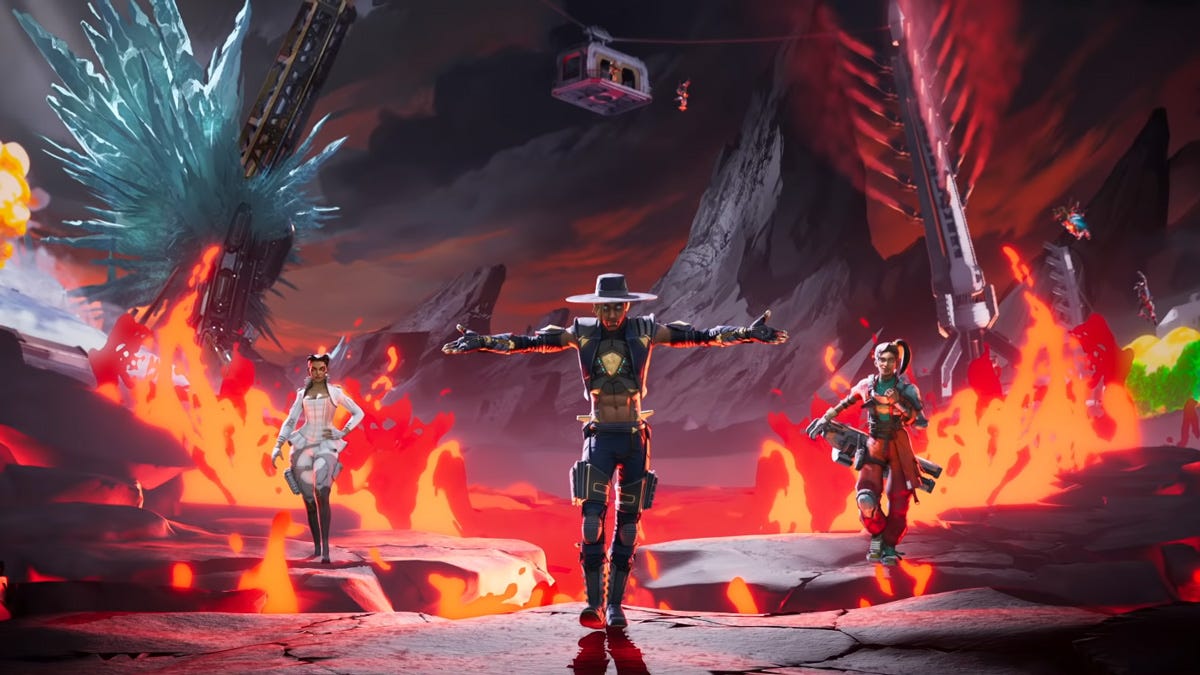


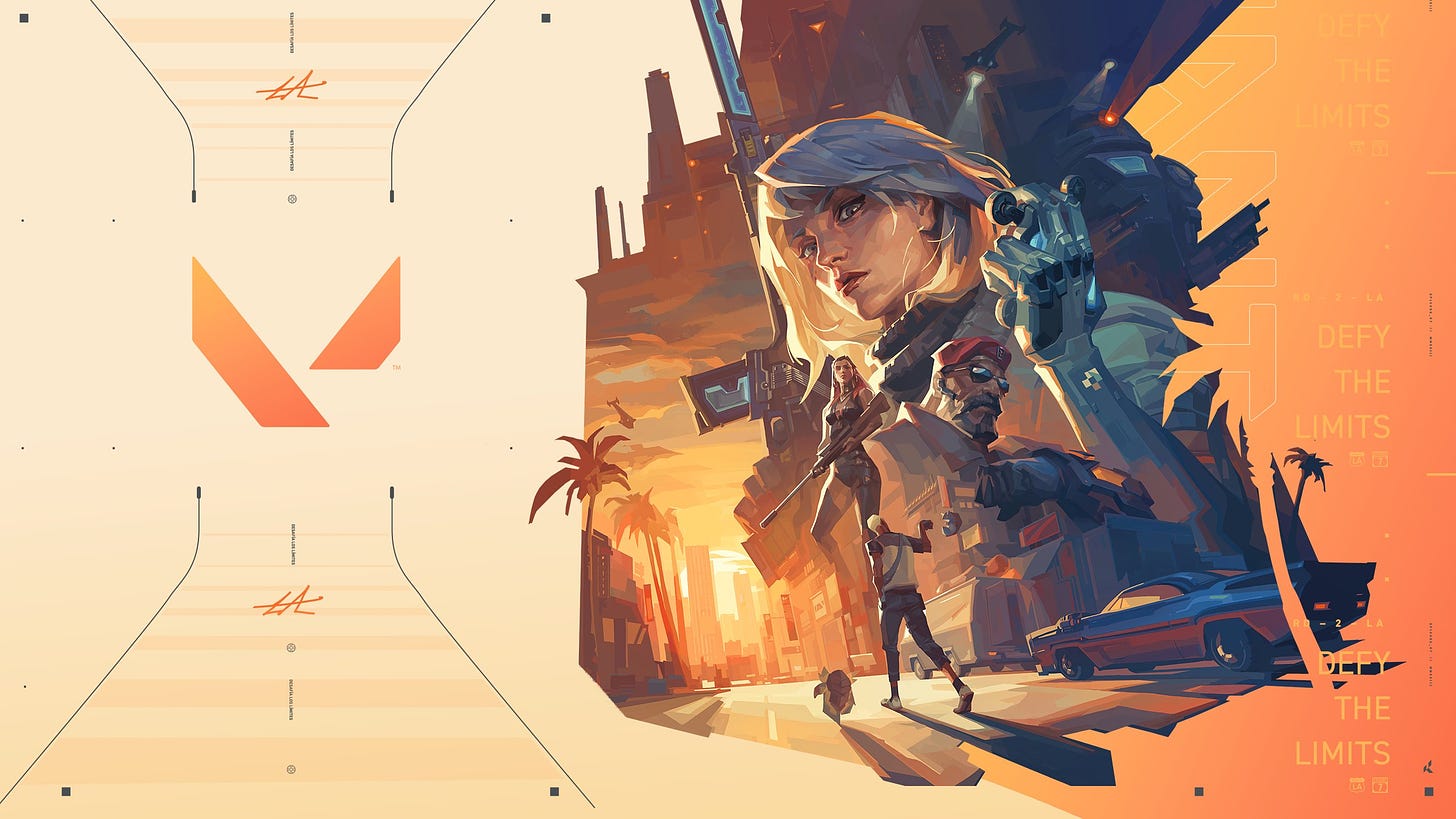
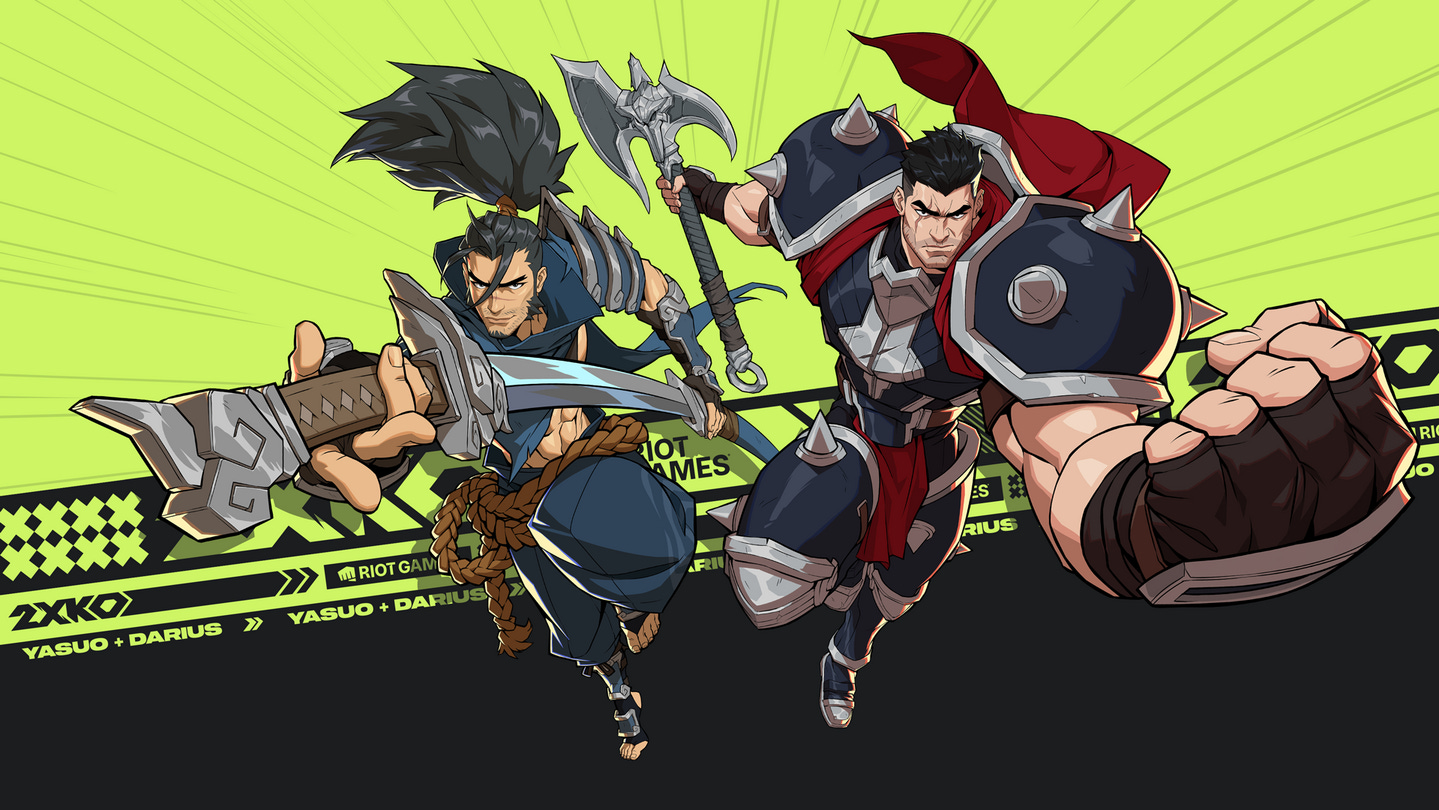
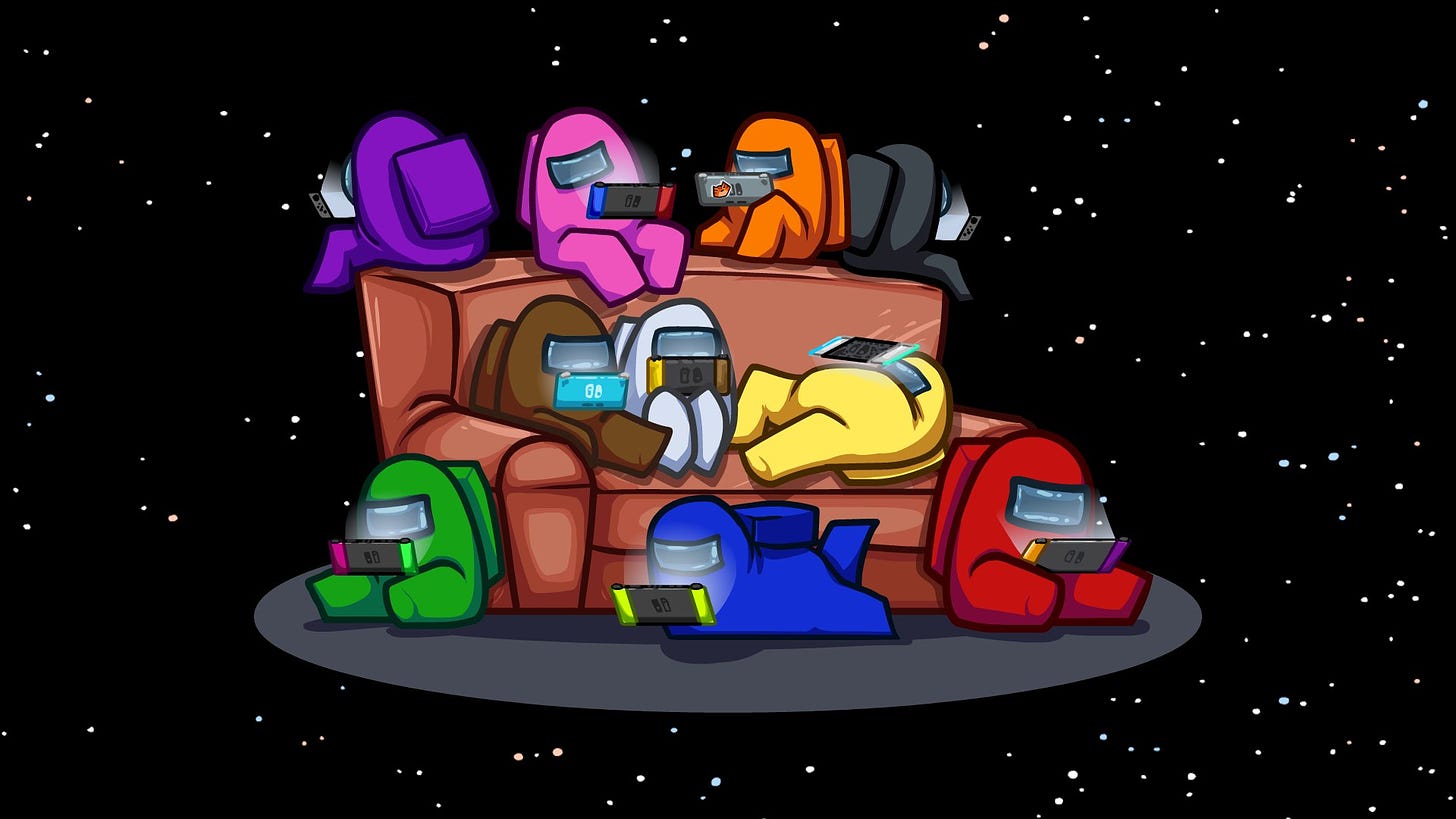
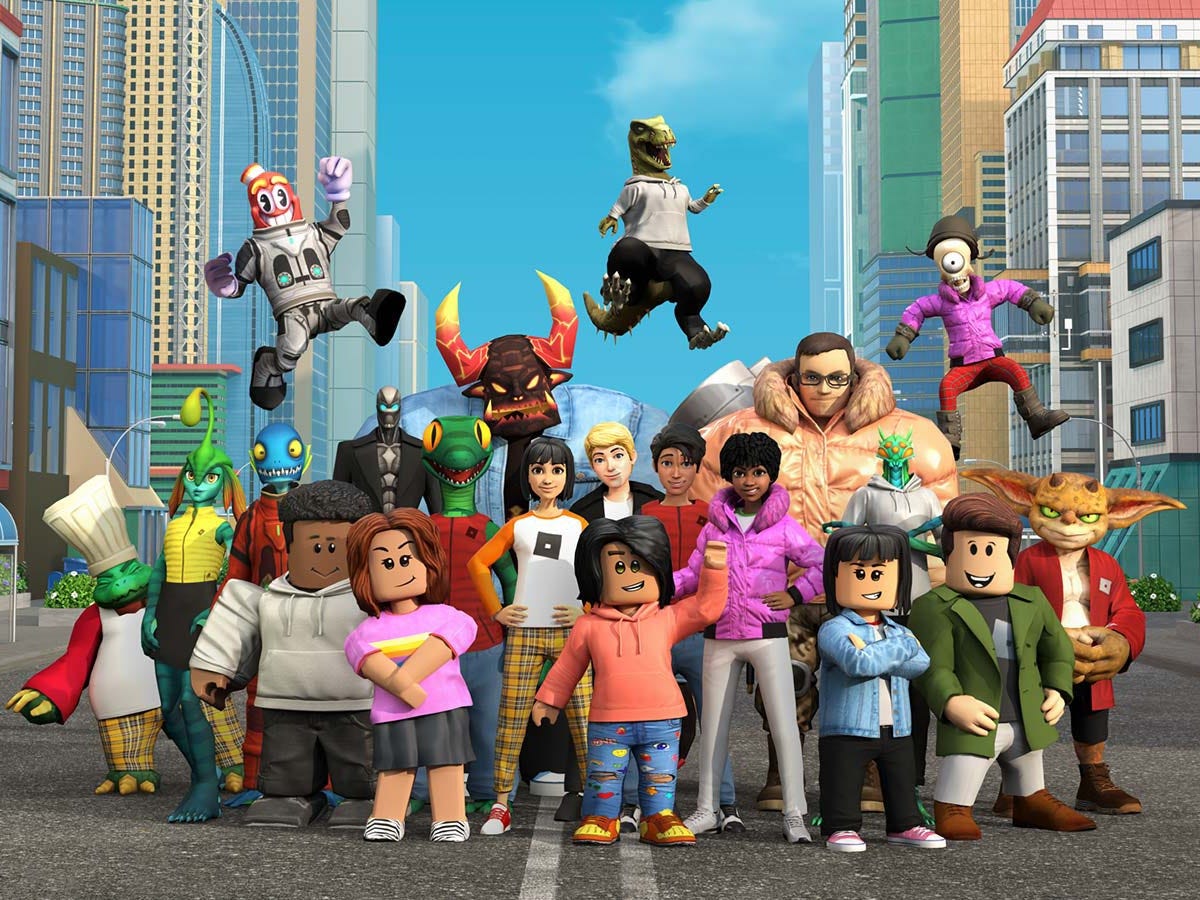
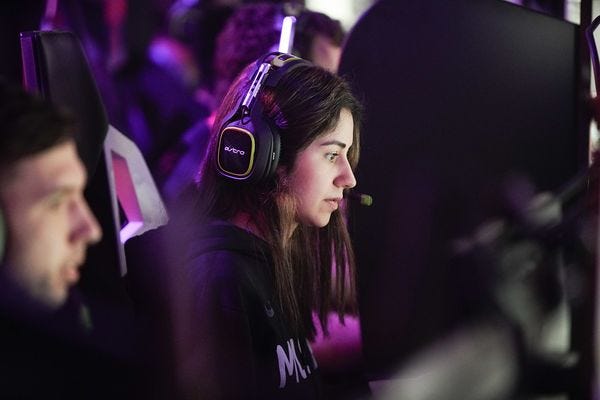
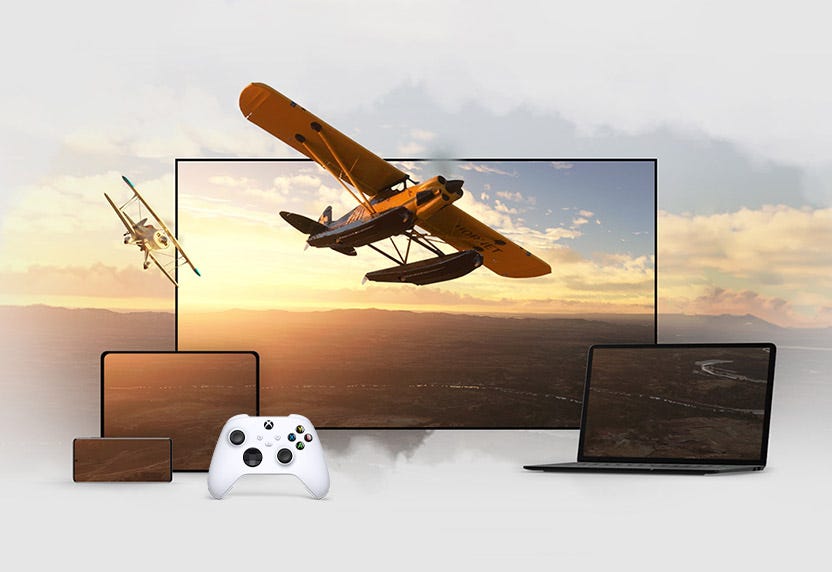




Thanks for sharing. A lot of this is common sense but as we all know "common sense is not commonly applied". Build for the long term with people who love what you do (and will make it their "main")